Open en gesloten oplossingen in 3D-printen
Er zijn drie soorten oplossingen te vinden in de markt voor professionele 3D-printsystemen:
- Geïntegreerde of gesloten oplossingen, dat zijn die waarbij de fabrikant apparatuur, materialen en software levert die bedoeld zijn om samen te werken. Bij aanschaf van een geïntegreerde oplossing is het niet mogelijk om software of materialen van andere fabrikanten te gebruiken.
- Open oplossingen, waar de fabrikant apparatuur levert die compatibel is met zowel materialen als software van andere fabrikanten.
- Geïntegreerde oplossingen met de mogelijkheid om externe materialen te gebruiken. Dit is een tussenoplossing, meestal met bepaalde beperkingen als het gaat om het gebruik van andere materialen of software.
GEÏNTEGREERDE OF GESLOTEN OPLOSSINGEN
Een van de meest representatieve voorbeelden van dergelijke oplossingen is Formlabs. De fabrikant van geïntegreerde oplossingen biedt doorgaans producten aan die zowel 3D-printsystemen als nabewerkingsapparatuur, software en materialen omvatten.
Het belangrijkste voordeel van dit type systeem is dat alle producten zijn ontwikkeld om samen te werken, wat betekent dat het niet nodig is om afdrukparameters te verfijnen en te optimaliseren. Het zorgt er ook voor dat alle beschikbare materialen compatibel zijn.
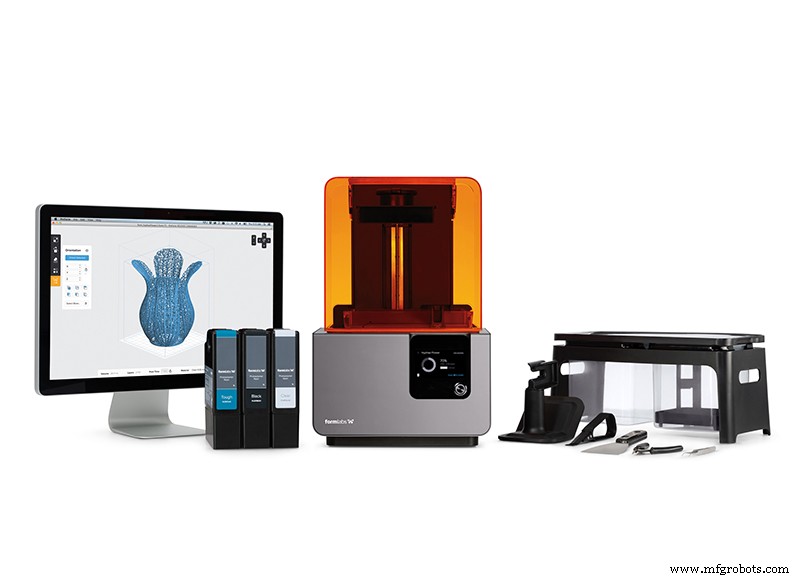
Afbeelding 1:formulier 2 en accessoires. Bron:Formlabs
Hierdoor zijn deze systemen uiterst betrouwbaar en reproduceerbaar wat resulteert in een aanzienlijke prestatieverbetering. Een ander belangrijk kenmerk is dat devele configuratieparameters en aanpasbare waarden over het algemeen tot een minimum worden beperkt, vereist alleen de selectie van het materiaaltype van de fabrikant en een paar basisparameters. Dit maakt het veel eenvoudiger in gebruik en vereist niet veel technische kennis van gebruikers.
Het zijn echter niet alle voordelen. Dit type systeem heeft twee beperkingen waarmee rekening moet worden gehouden. Enerzijds zijn de kosten van materialen en verbruiksgoederen meestal aanzienlijk hoger. Aan de andere kant is de gebruiker beperkt tot het gebruik van alleen de producten van de fabrikant.
OPEN OPLOSSINGEN
Open oplossingen impliceren geen open source hardware of software. Dit verwijst naar fabrikanten die apparatuur leveren die gestandaardiseerde media-indelingen en universele afdrukbestanden ondersteunt. This category includes all printers that support universal CNC programming languages such as .gcode and materials from any manufacturer, regardless of whether the equipment is open source or proprietary.
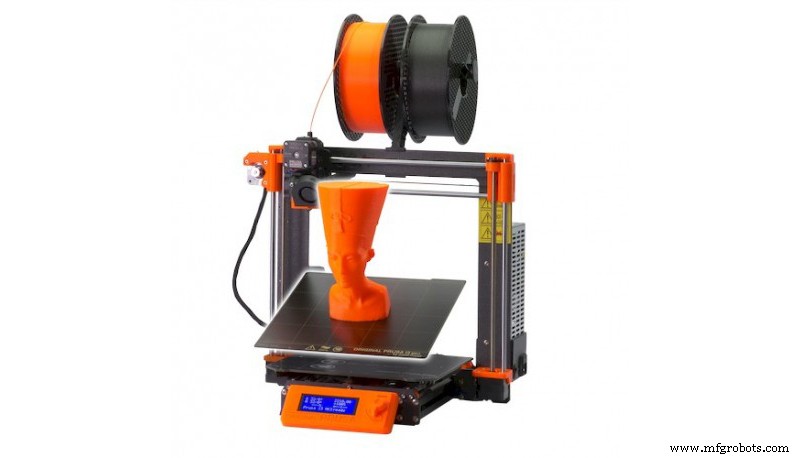
Image 2:Prusa MK3S 3D printer. Source:Prusa
This does not imply that the manufacturers themselves cannot also offer materials and software, which they usually do, but they do not restrict the use of their equipment to these.
The main advantage of this type of solutions is their high compatibility and the fact that they have the widest range of materials, limited only by the technical characteristics of the equipment itself. Moreover, in the case of using equipment from different manufacturers, it is possible to centralise everything in the same software without the need to use a specific one for each piece of equipment.
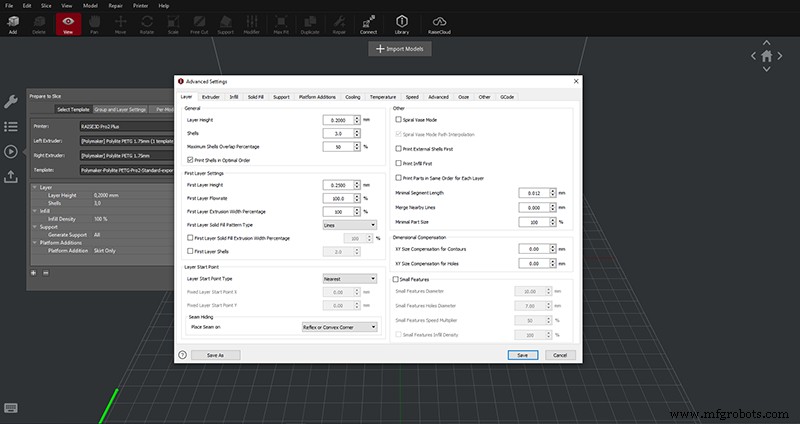
Image 3:Raise3D Ideamaker software configuration window. Source:Raise3D
The main disadvantage is that the printing profiles generally need to be fine-tuned and optimised for each material, which is time-consuming and expensive. In addition, a change of material supplier or even a reformulation of a material from the same supplier implies a new optimisation of profiles. This means that achieving the same reliability and reproducibility that integrated solutions provide requires continuous work and a thorough knowledge of materials and suppliers.
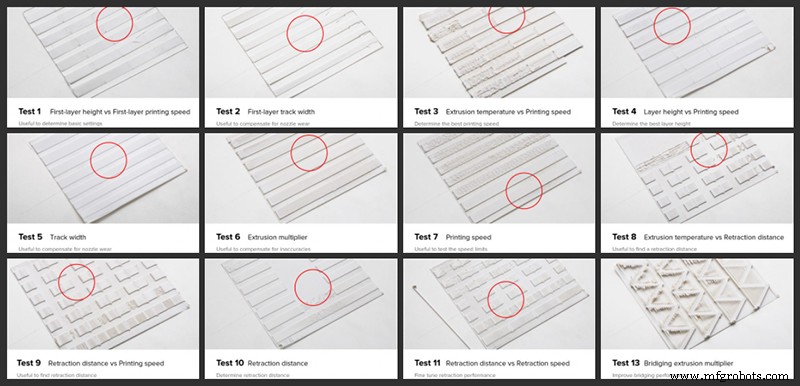
Image 4:Examples of optimisation. Source:3DOptimizer
Some companies offering such solutions are Prusa, Raise3D or UNIZ.
INTEGRATED SOLUTIONS WITH THE POSSIBILITY OF USING EXTERNAL MATERIALS
This is an intermediate option to the previous ones. They consist of integrated or closed solutions, with proprietary programming languages, but which also allow the use of third-party materials . Due to the use of proprietary languages it is necessary to stick to the software provided by the manufacturer.
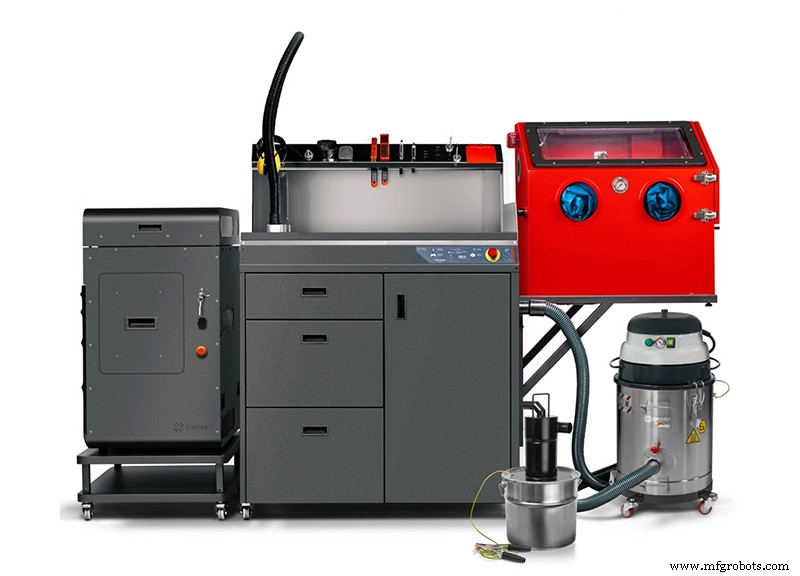
Image 5:SLS Lisa Pro 3D printer and accessories. Bron:Sinterit
They have all the advantages of closed solutions but fewer drawbacks. Without having the wide compatibility of materials available in open solutions, they open up the possibility of using a wide range of materials from other manufacturers.
The trade-offs of this type of solution are minimal, with its main disadvantage being that the software generally has fewer configuration options, which can make it difficult to achieve good optimisation of other manufacturers' materials.
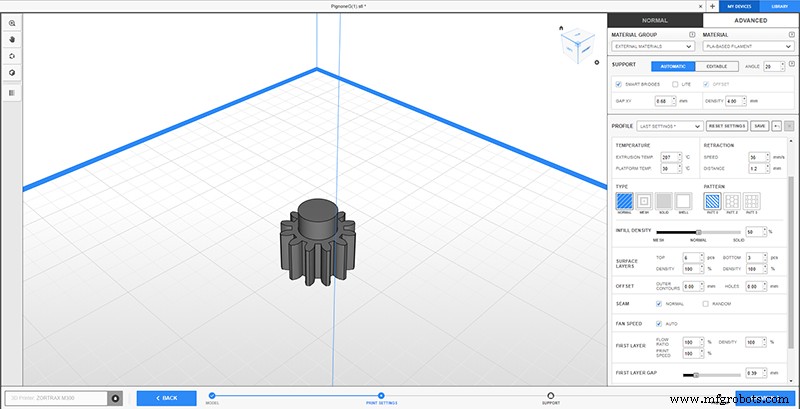
Image 6:Settings for external materials in the Zortrax Z-Suite software. Source:Zortrax
Representative examples of such solutions are Zortrax or Sinterit. Both offer a wide range of perfectly optimised materials, but also allow the use of materials from other manufacturers.
THE MOST APPROPRIATE SOLUTION
There are high quality solutions in all three groups and it would be wrong to consider one as better than the other. In order to select one or the other, the specific needs of each user must be analysed.
Users who are not specialised in additive manufacturing and are looking for a simple and efficient system will find integrated solutions and integrated solutions with a choice of external materials the best option. The implementation of this type of system is immediate and does not require in-depth technical knowledge . Although the costs of this type of solution may at first glance seem much higher than open solutions, in the long run the savings in optimisation time and material costs can compensate for this.
In the case of specialised users, with knowledge of additive manufacturing and materials, who require the use of very specific or experimental materials, they will find the above solutions to have significant limitations. This is why open solutions are a more versatile option despite the ongoing optimisation and fine-tuning tasks.
3d printen
- 3D-printmaterialen voor ruimtevaart?
- 3D-printen en Formule 1:5 trends in de autosport
- Hardware, materialen en software:de drie pijlers van het succes van 3D-printen
- 8 innovatieve materialen voor industrieel 3D-printen [2018]
- Interview met expert:Roboze CEO Alessio Lorusso over high-performance en composiet 3D-printen
- De evolutie van de markt voor 3D-printmaterialen:trends en kansen in 2019
- 3D-printoplossingen voor olie- en gasbedrijven
- 10 sterkste materialen voor 3D-printen
- Biologisch afbreekbare 3D-afdrukmaterialen
- Selectiegids voor 3D-afdrukmaterialen
- Pons- en matrijsmaterialen en gereedschapsoplossingen



